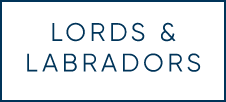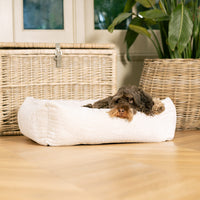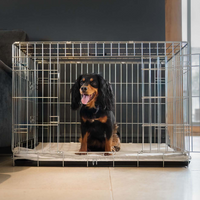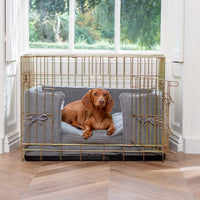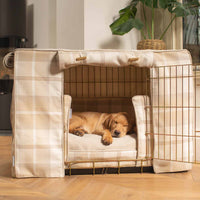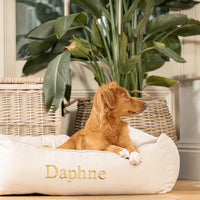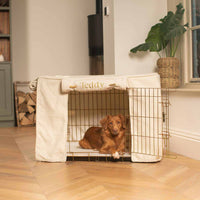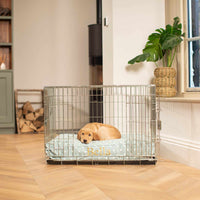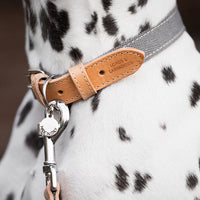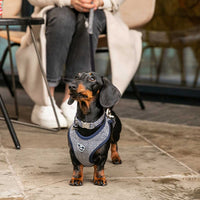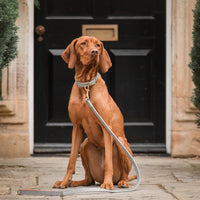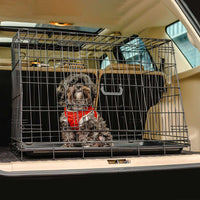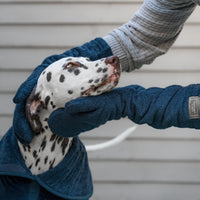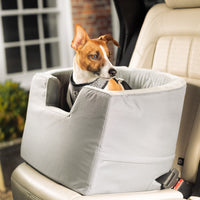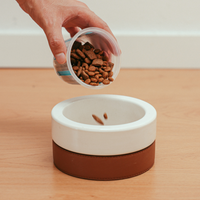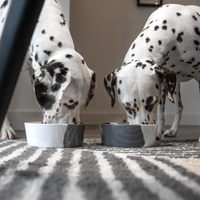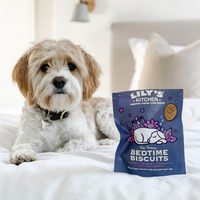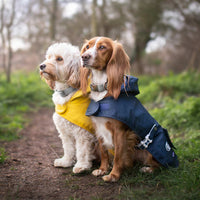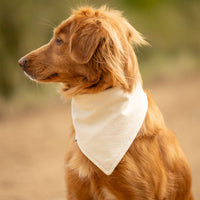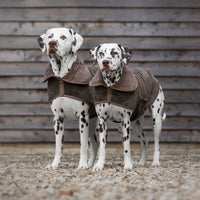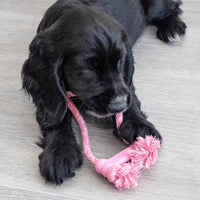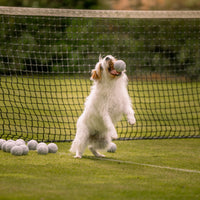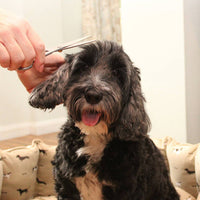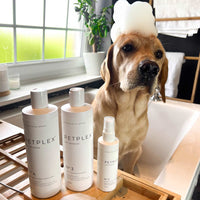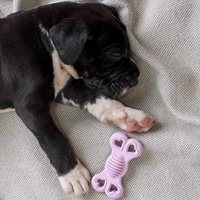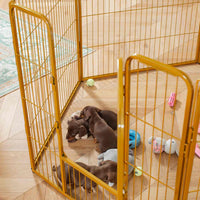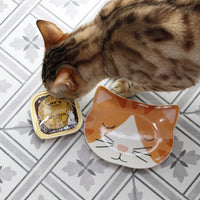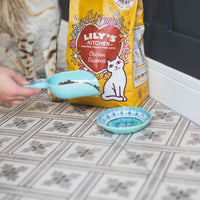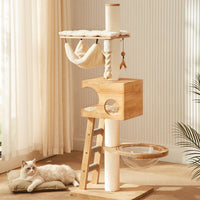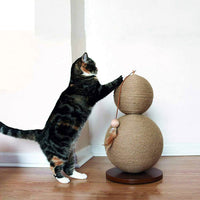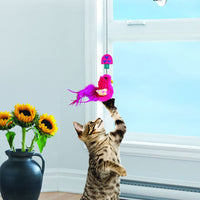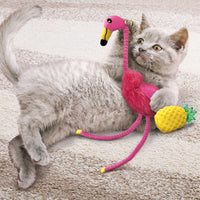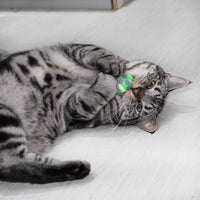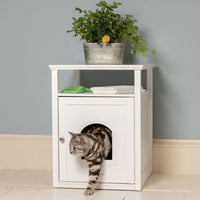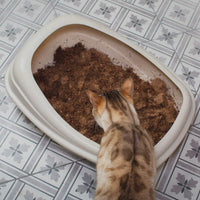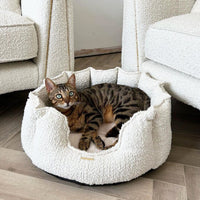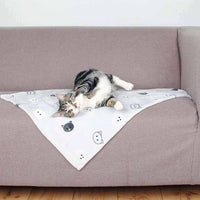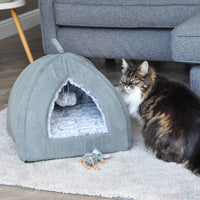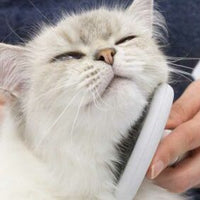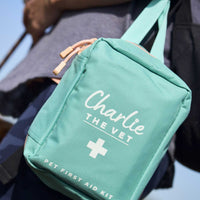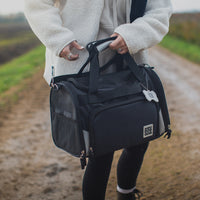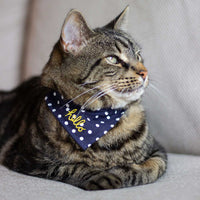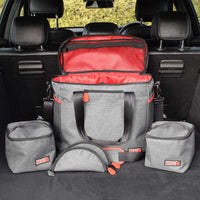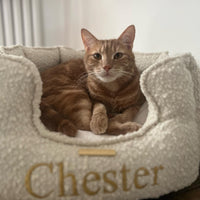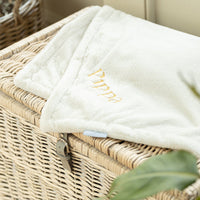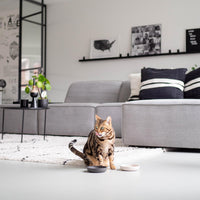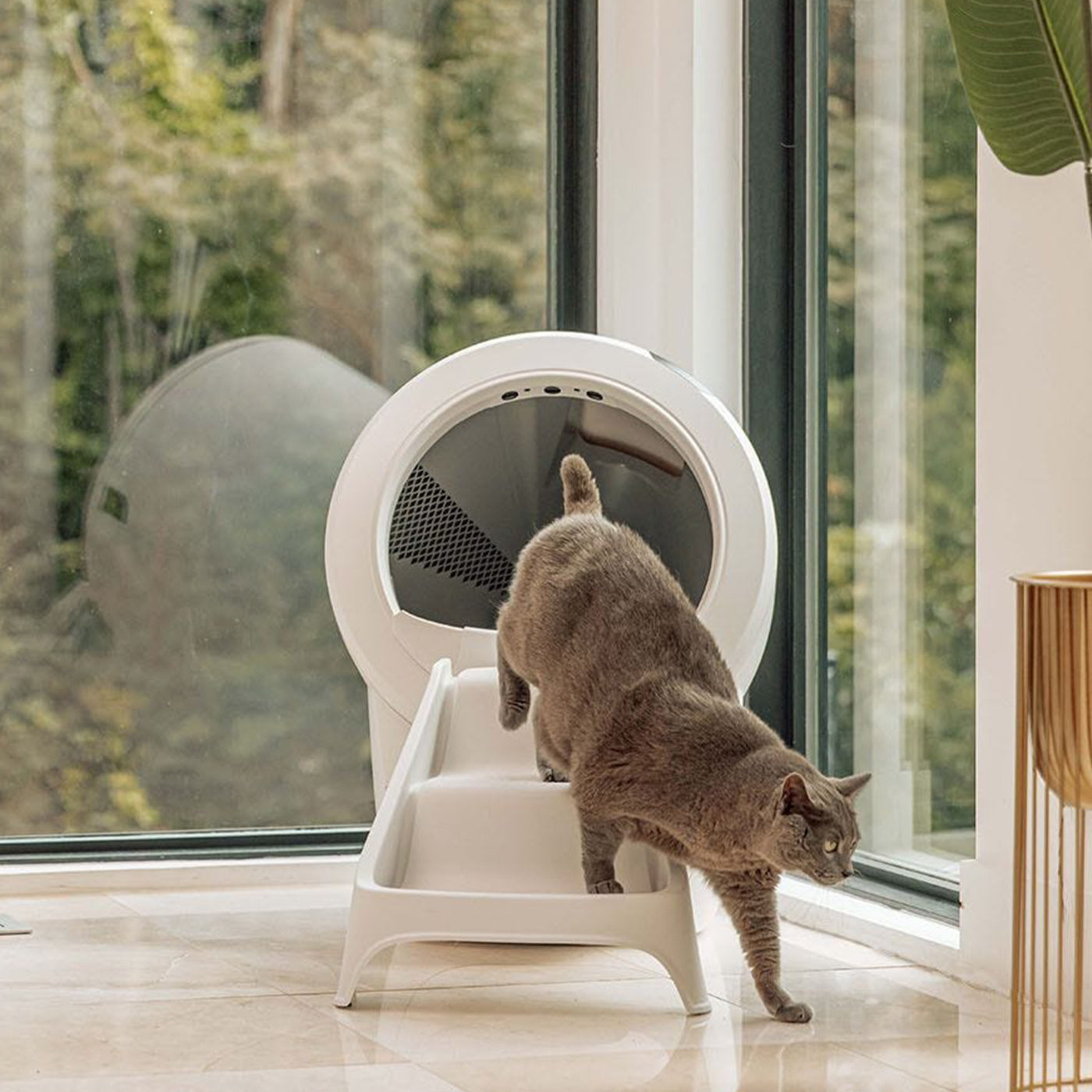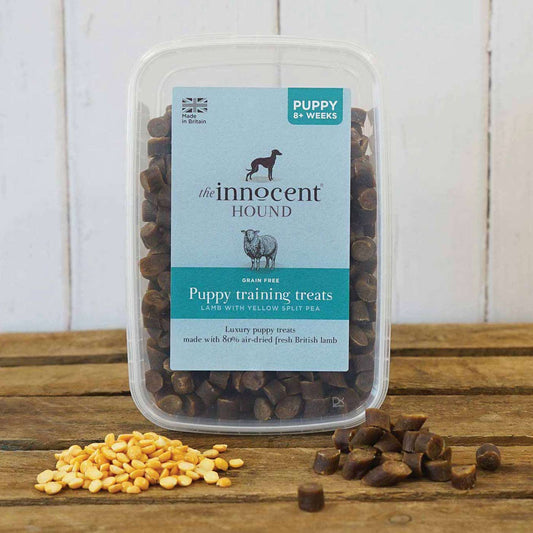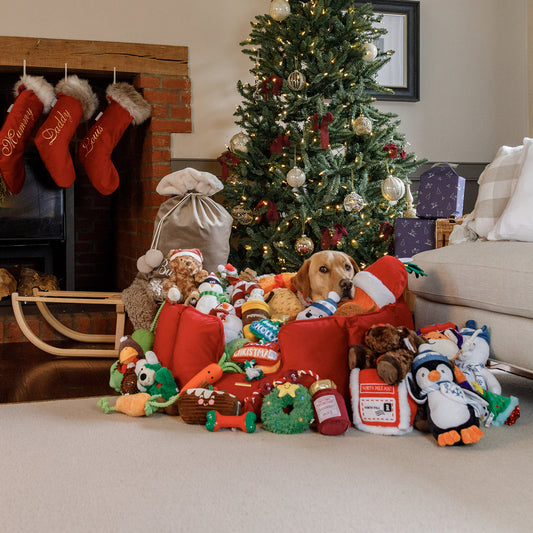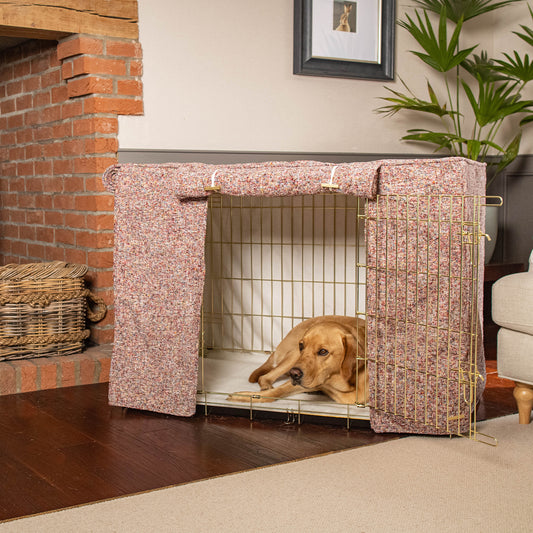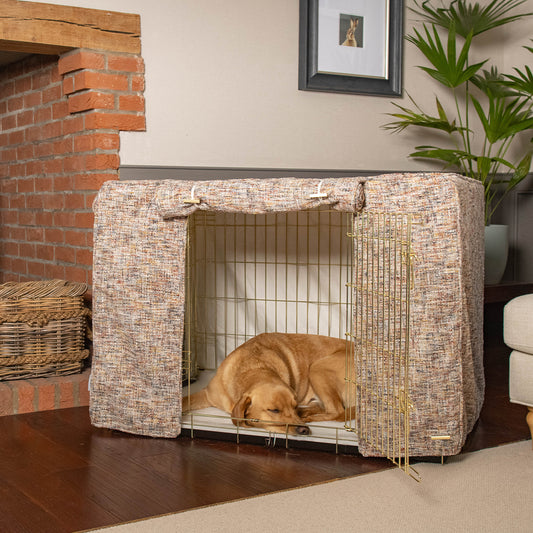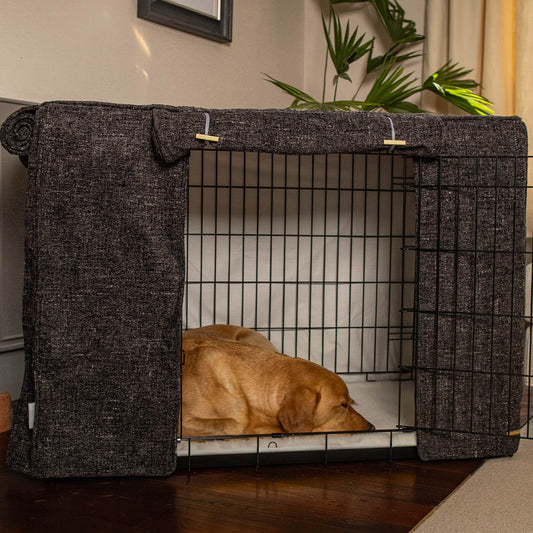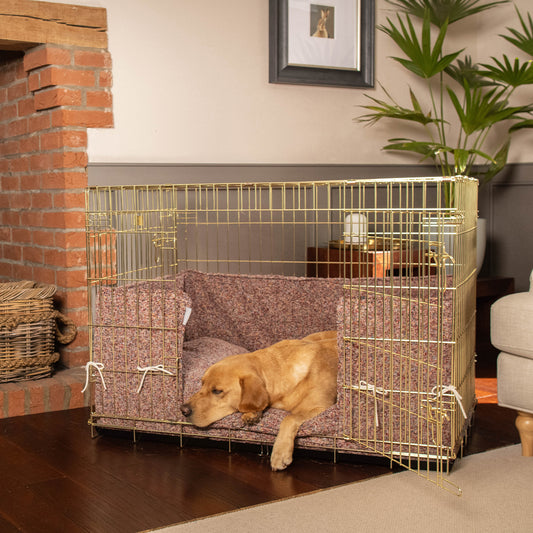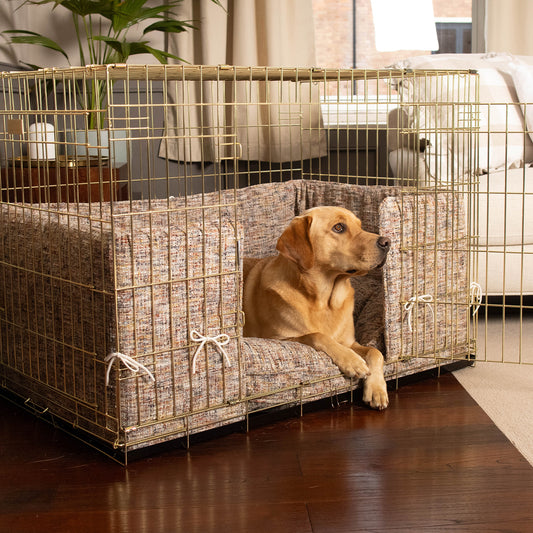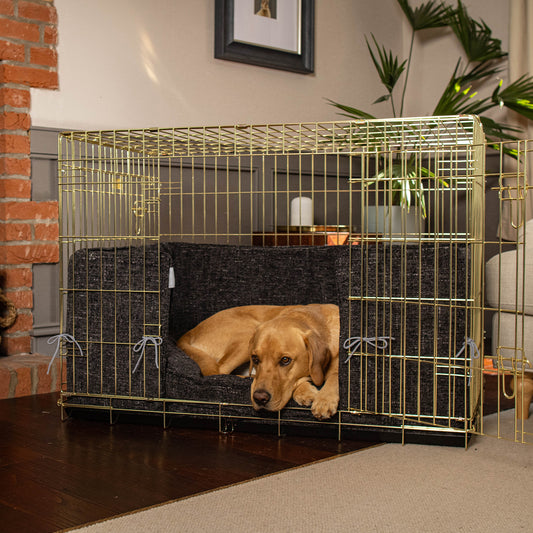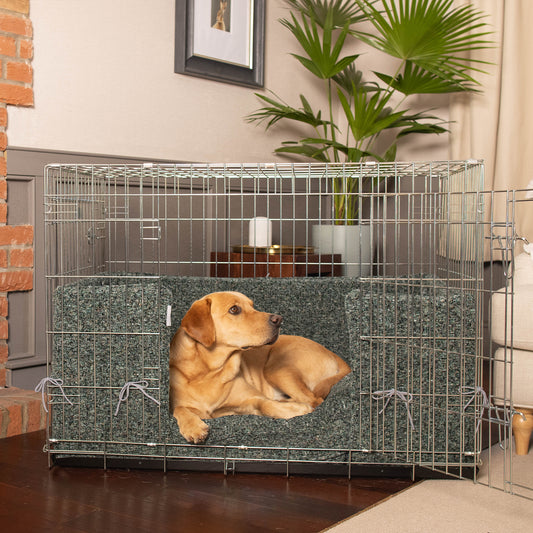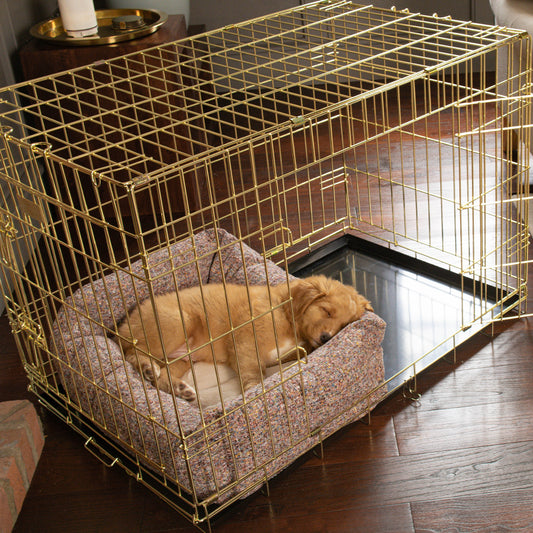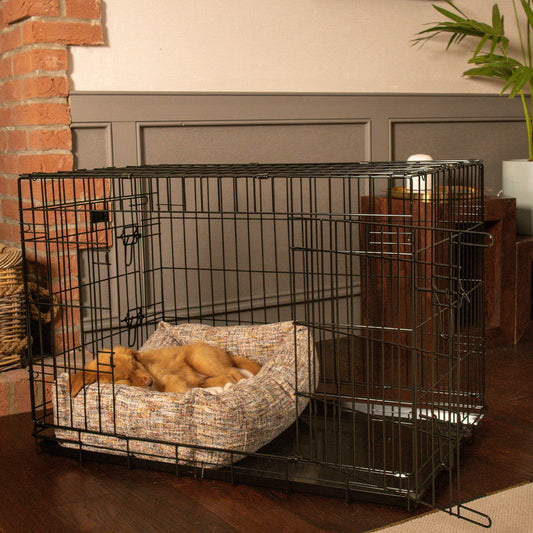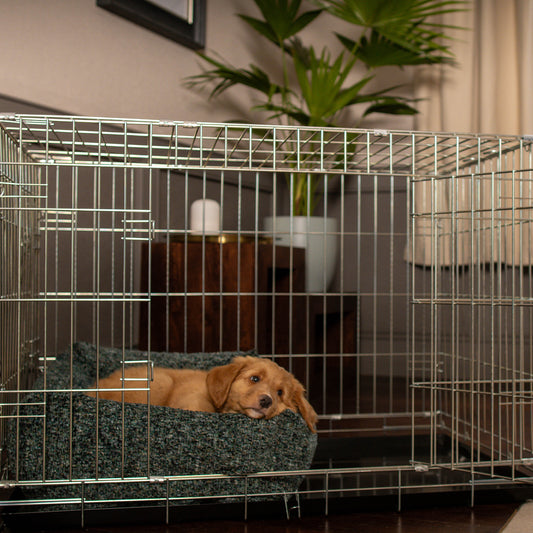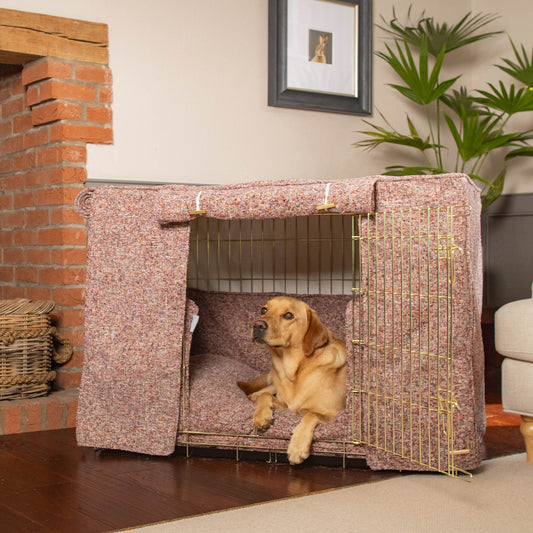Socialisation is a cornerstone of raising a well-rounded, confident, and happy dog. Whether you’ve just brought a new puppy home or you’re working on socialising an older dog, the benefits of proper interaction cannot be overstated. From preventing unwanted behaviours like dogs nipping each other to reducing anxiety around unfamiliar animals and people, dog socialising sets the foundation for a harmonious life together. In this guide, we’ll cover why socialisation matters, how dogs play with each other, the best way to socialise a puppy, and how to address challenges such as how to stop your dog playing rough with other dogs.
Why Socialisation is Important
Dogs are pack animals by nature; in the wild, they rely on their social group for safety and camaraderie. In our modern world, we become their pack, so it’s up to us to ensure they have positive interactions with other dogs and humans alike. Properly socialising your dog helps them:
- Feel Secure: Dogs who have experienced diverse social settings are often less fearful or anxious when confronted with new environments.
- Build Healthy Relationships: Positive experiences with other dogs can prevent aggression and encourage better communication.
- Adapt to Changes: Moving to new homes, meeting new people, or encountering different animals can be stressful, but well-socialised dogs cope much more easily.
How Do Dogs Play With Each Other?

Understanding canine play is crucial when socialising dogs with other dogs. Dogs use a variety of signals to communicate during playtime, such as:
- Play Bows: A dog will dip the front part of their body down, sticking their hind in the air. This is essentially an invitation to play.
- Vocalisations: Playful growls, yips, and barks are normal dog communication tools during fun interactions.
- Mouthing: Gentle mouthing is natural as dogs explore the world with their mouths. However, if teeth make contact in a way that causes pain, it’s no longer acceptable play.
- Body Language: Loose, bouncy movements typically indicate relaxed play. Watch for stiff body language or raised hackles, which can signal discomfort or aggression.
While wrestling and chasing are common, it’s important to monitor dogs so that play remains friendly. This is where owners sometimes worry about dogs nipping each other. Occasional gentle mouthing is fine, but it should never escalate into harsh bites or injuries. If play becomes rough, calmly separate the dogs and allow them to cool off before resuming.
The Best Way to Socialise a Puppy

Puppies are like little sponges—absorbing new experiences, sights, and sounds. The best way to socialise a puppy typically involves gentle, positive introductions to as many different environments and stimuli as possible. Here’s a step-by-step approach:
- Start Early: The critical socialisation period for puppies is between three and fourteen weeks of age. During this window, expose your puppy to a variety of settings, people, and other dogs (in safe, controlled situations).
- Use Positive Reinforcement: Reward your puppy with treats, praise, or play whenever they handle a new situation calmly. At Lords & Labradors, we offer a range of training essentials like training treats and clickers that can help reinforce good behaviour.
- Go at Their Pace: Never force interactions. If your puppy seems scared or shy, give them space. Let them approach new situations on their own terms, building confidence gradually.
- Puppy Classes: Consider enrolling in a puppy socialisation class led by a qualified trainer. This provides a controlled environment where puppies learn manners and get used to being around other dogs.
Dogs Nipping Each Other: What’s Normal and What’s Not

Mouthing and gentle nipping are part of how do dogs play with each other, especially during puppyhood. Yet, when does it cross the line?
- Normal Play: If the dog on the receiving end doesn’t seem distressed and the “nip” is more of a gentle mouth or inhibited bite, it’s usually fine.
- Excessive Nipping: If one dog repeatedly pinches, bites hard enough to leave marks, or causes the other dog to yelp, intervene to de-escalate the situation.
- Redirect: If your puppy is nipping too much, provide a chew toy or interrupt play with a quick time-out. Positive redirection teaches them that excessive biting ends the fun.
Socialising an Older Dog
It’s a common misconception that socialisation ends after puppyhood. While starting young is ideal, socialising an older dog is entirely possible. Adult dogs might be set in their ways, but with patience, you can help them become more comfortable around others. Here’s how:
- Slow Introductions: If your older dog has had minimal social interaction, begin with one calm, friendly dog at a time in a neutral location like a park.
- Watch Body Language: Keep an eye on signs of stress—such as flattened ears, tucked tail, or growling—and give breaks as needed.
- Positive Associations: Offer treats and praise during every interaction. If your dog reacts calmly or shows curiosity, reward them with a treat.
- Professional Support: If your dog’s anxiety or aggression is significant, consult a qualified behaviourist who can guide you through a customised training plan.
Socialising Dogs With Other Dogs
Whether you have a new puppy or a long-term canine companion, socialising dogs with other dogs requires thoughtful management:
- Choose Neutral Ground: Avoid meeting on one dog’s home turf to minimise territorial behaviour.
- Use Proper Equipment: Keep dogs on a lead during initial greetings, ensuring you can quickly separate them if tensions rise.
- Keep Interactions Short: Especially for first-time meetings, a quick positive encounter is more beneficial than a long, stressful one.
- Build Good Habits: Gradually extend these social sessions as each dog becomes more comfortable.
How to Stop My Dog Playing Rough With Other Dogs

Every dog has a unique play style, and some can be more boisterous than others. If you’re asking, “How to stop my dog playing rough with other dogs?” consider these tips:
- Interrupt and Reset: If you notice one dog is getting overwhelmed, calmly intervene. You might call your dog away or gently hold their collar until they settle.
- Offer Positive Outlets: Teaching your dog to play fetch or chase a ball can help channel their energy into more structured play.
- Teach “Gentle” Cues: Use positive reinforcement to show your dog they should be gentle during interactions. Reward them for calmer play and quick responses to “come” or “leave it.”
- Monitor Ongoing Play: Keep a watchful eye on group play sessions, especially if your dog is energetic or larger than others, to prevent minor scuffles from escalating.
Training Tools for Successful Socialisation
When it comes to socialising your dog, especially a puppy, having the right gear can make all the difference. At Lords & Labradors, we have a whole range of puppy training essentials. The main two things we recommend for positive reinforcement training are:
- Training Treats: Reward-based methods encourage your dog to associate social situations with positive outcomes. We love the Innocent hound puppy training treats for this
- Clickers: A clicker is a clear and consistent way to mark good behaviour, making training more efficient and effective.
These tools, combined with patience and consistency, lay a solid foundation for your dog to become a confident, well-adjusted member of your family. You can utilise these tools in all aspects of your puppy’s training, not just in socialisation, and it will help you to build a really good bond with your pup.
Final Thoughts on Socialising Your Dog
Socialisation is not a one-time event but a continuous process. As your dog grows and encounters new experiences, reinforcing positive behaviours will ensure they remain calm, friendly, and well-mannered. Begin by understanding the fundamentals—how do dogs play with each other, what signals to watch for, and how to guide interactions using positive methods. Whether you’re focused on the best way to socialise a puppy or you’re working on socialising an older dog, consistency and patience are key.
Remember, every dog is an individual. Some take to new friends like a duck to water, while others need a little extra time and support. By remaining patient, using rewards, and monitoring play closely, you’ll be able to stop unwanted behaviours such as dogs nipping each other or playing too rough. Over time, your efforts will pay off in the form of a well-behaved dog who loves meeting others—both canine and human alike.
If you’re ever unsure or face ongoing challenges, never hesitate to consult a professional dog trainer or behaviourist. They can provide personalised guidance to make socialising dogs with other dogs a smoother experience. And if you need any training essentials, from treats to clickers, Lords & Labradors is always here to help you and your beloved pet on your socialisation journey.
